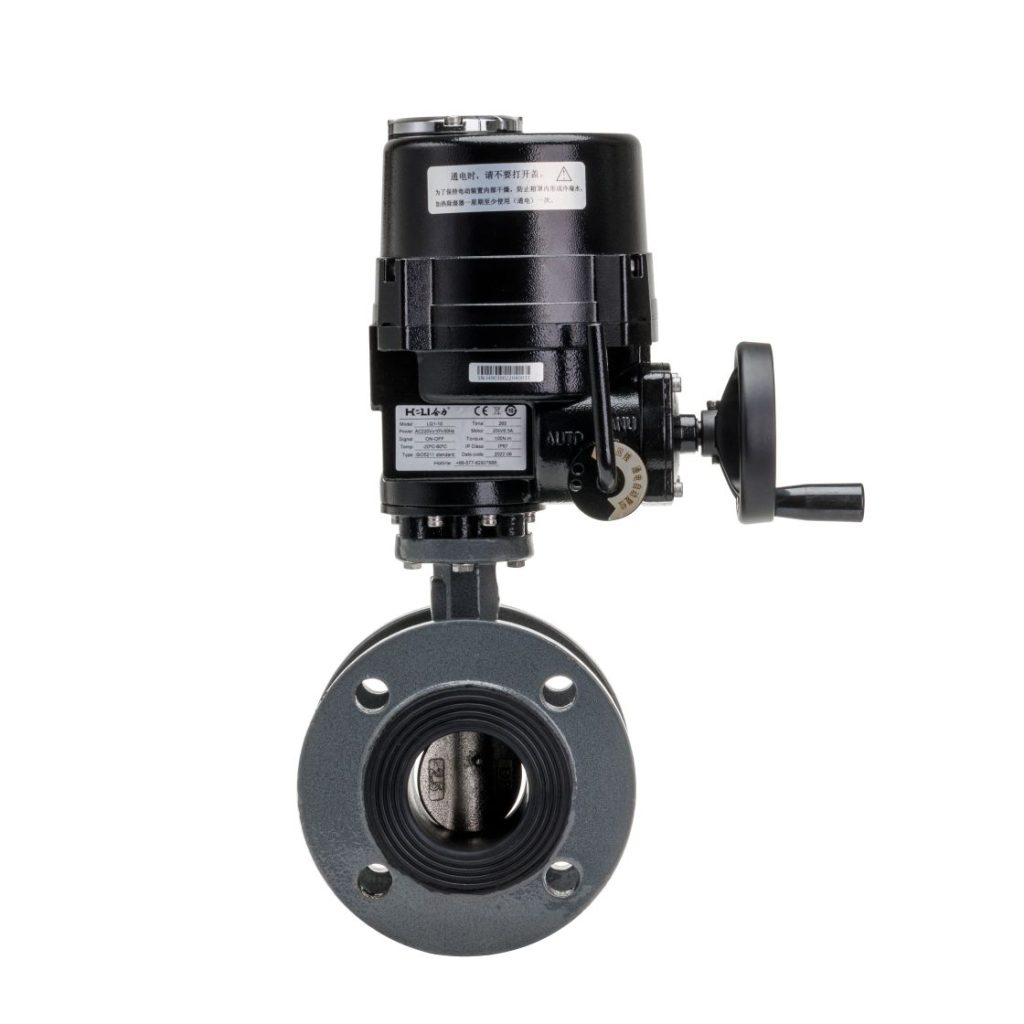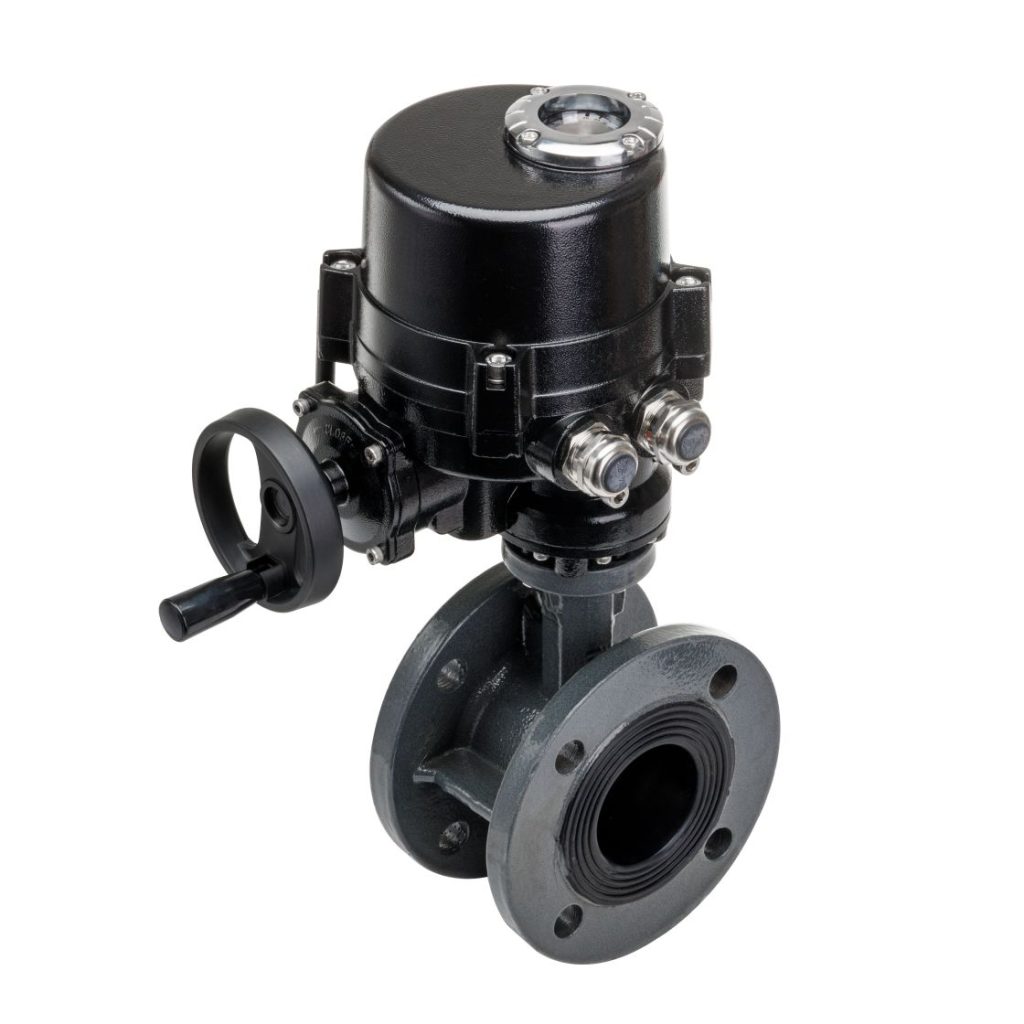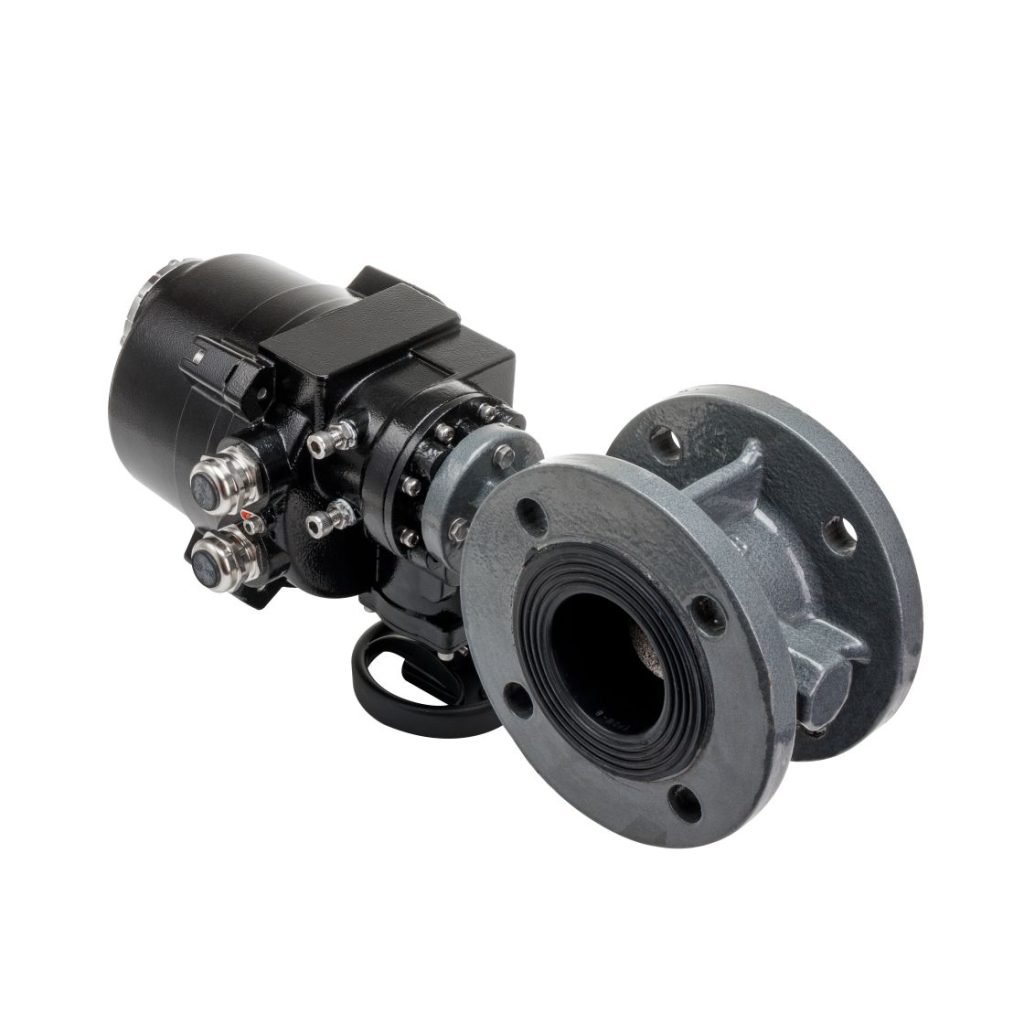The increasing demand for sustainable and eco-friendly energy sources has spurred the development of various technologies in the marine industry. Among these innovations, the use of hydrogen energy is gaining prominence due to its potential to reduce greenhouse gas emissions and reliance on fossil fuels. One essential component that plays a vital role in ensuring the effective integration of hydrogen energy systems on marine vessels is the Hydrogen Energy Marine Electric Ball Valve. This article explores the significance, functionality, and benefits of this cutting-edge valve technology in marine applications.

The Rise of Hydrogen Energy in Marine Industry

The maritime sector has long been one of the most significant contributors to global carbon emissions, primarily due to its reliance on heavy fuel oils and diesel engines. In response to growing environmental concerns and international regulations aimed at reducing emissions, the industry is seeking alternatives to traditional propulsion and energy systems. Hydrogen, with its zero-emission combustion and high energy density, presents a promising solution for sustainable maritime operations.
Hydrogen-powered vessels offer significant environmental benefits, such as eliminating carbon dioxide (CO2) emissions and drastically reducing nitrogen oxide (NOx) and sulfur oxide (SOx) emissions. However, the adoption of hydrogen fuel in marine applications comes with its own set of challenges, including the need for efficient handling, storage, and distribution systems on board ships. This is where the Hydrogen Energy Marine Electric Ball Valve becomes an indispensable component.
